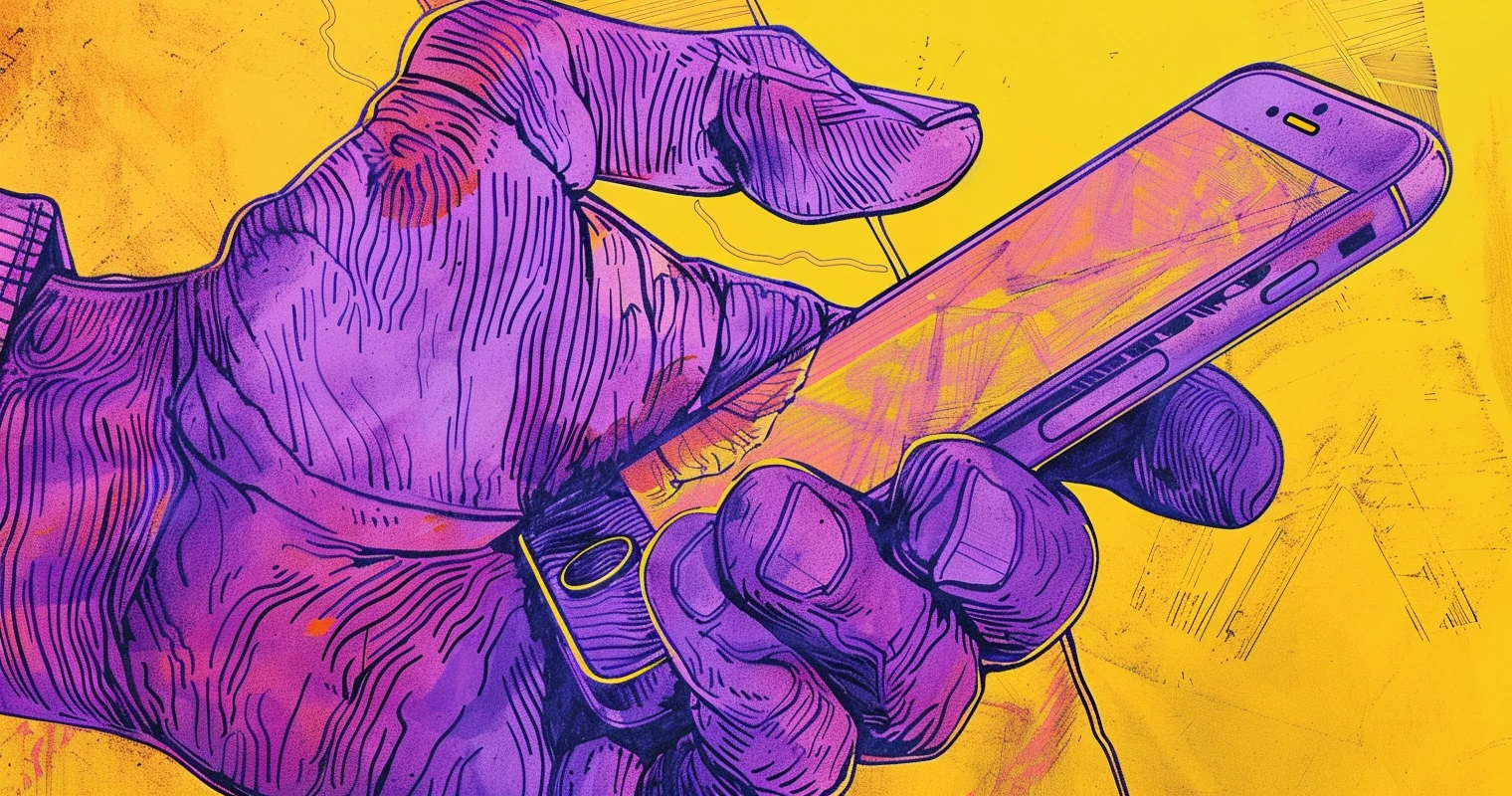Let’s be honest – most UA teams are stuck.
They’re not scaling profitably. They’re not running enough creative tests. They’re reacting to performance drops instead of preventing them. And the worst part? Most of them think things are “fine.”
We’ve worked with hundreds of mobile game studios – from fresh indie teams to game publishers spending millions a month – and here’s what we’ve seen over and over again:
The user acquisition setup is too slow, too siloed, and too focused on short-term ROAS.
You can have the best media buyer, the slickest dashboard, and still be leaving serious growth on the table. Why? Because the problems run deeper than tools or talent. They’re structural. And if you don’t fix them, no amount of ad spend will save you.
This isn’t just our opinion – we speak from experience as a user acquisition agency that scaled UA for studios like Tastypill, Playsome, and dozens more that went from “small” to multi-million downloads with the right systems in place.
So if your UA team isn’t delivering, you’re not alone.
But it doesn’t have to stay that way.
The Illusion of Control: Why Paid UA Feels Like a Slot Machine
Most UA teams think they’re in control. They’re not.
They set budgets, adjust bids, watch dashboards… but when performance drops, the response is almost always the same: “The algo’s acting weird.”
That’s not strategy. That’s wishful thinking.
Here’s the truth: UA has become so automated that most teams have stopped thinking critically. They assume Meta or TikTok will “figure it out.” But these platforms reward inputs, and if your inputs are weak (creatives, signals, structure), you’re just feeding money into a black box and hoping for a win.
We’ve seen this firsthand.
Teams spend thousands testing small bid adjustments while ignoring the fact that their entire creative strategy is stale. Or they duplicate campaigns endlessly without stopping to ask why something worked in the first place.
Paid UA feels like gambling when you don’t understand the rules. And right now, too many teams are just pulling the lever and praying.
It’s not the algorithm’s fault. It’s yours – if you’re not building strategy around the parts you can control.
The Creative Bottleneck That Nobody Admits
If your creatives aren’t winning, nothing else matters.
We can’t stress this enough: Creative is the #1 driver of paid UA performance. Not bids. Not budgets. Not even the algorithm.
Yet most teams still treat it like an afterthought.
Here’s what usually happens. UA teams say, “We need new ads.” Creative teams say, “What kind?” UA says, “Just make something like the last one, but different.” So they do. It flops. Everyone blames the algo.
Rinse. Repeat.
The real issue? Most creative teams are working in a vacuum. No performance feedback. No clear direction. No urgency. They’re designing for approval, not for results.
And the volume problem is even worse.
You can’t test 1–2 ads a week and expect to compete. We’ve scaled UA campaigns that needed 30+ unique creatives per week to find just one top performer. Most teams aren’t even close to that.
At Udonis, we fixed this by building a system where UA and creative work together in tight feedback loops. Performance data drives concepts. Winning hooks get remixed fast. And weak ideas get cut before they waste spend.
That’s what it takes now. Not guesswork. Not “one great video.” A machine that never stops testing.
And if you don’t have that? You’re just playing catch-up.
Everyone’s Chasing ROAS. Almost No One Understands LTV
Let’s talk about one of the biggest traps in mobile UA: short-term ROAS.
It’s the first thing most teams look at. And it’s also the first thing that kills campaigns too early.
We get it – Day 1 and Day 3 ROAS are easy to track. They make dashboards look good. But they don’t tell the full story of your game’s profitability. Not even close.
Here’s what we see all the time: A campaign shows low ROAS in the first 48 hours, so the UA team kills it. But that same audience might’ve had great retention or strong in-app purchase behavior by Day 7 or Day 30.
Now the game team thinks the UA team failed. The UA team blames monetization. And nobody stops to ask: Are we even looking at the right metrics?
If you’re only optimizing for early ROAS, you’re guaranteed to miss opportunities to scale.
This is especially true for games with hybrid monetization models – ads, subs, battle passes. LTV isn’t just about purchases anymore. It’s about sessions, stickiness, and content loops. And if your UA strategy doesn’t factor in those longer-term dynamics, you’re probably underinvesting in your best users.
One of our clients doubled their monthly revenue after we rebuilt their UA strategy around projected LTV, not just front-loaded ROAS. It didn’t happen overnight – but it worked because we played the long game.
ROAS is easy. LTV is smarter. And in 2025, smart wins.
Your UA Team Is Probably Too Slow
Speed is everything in UA. And most teams are way too slow.
We’re talking about delays in creative production. Delays in testing. Delays in approvals. Delays in… everything.
By the time some teams launch a new concept, the trend is already dead.
We’ve seen studios take two weeks to ship a new batch of ads. In this market, that’s a lifetime. Meanwhile, we’re running tests daily – sometimes hourly – because that’s what it takes to find winners fast.
Here’s the truth most teams don’t want to hear: internal UA setups are built for process, not speed.
They’re stuck in slack threads, meetings, approval chains. And even with talented people, the system itself is the bottleneck.
That’s why we built our agency to move faster than in-house teams ever could. Our buyers, analysts, and creative strategists work in sync, and we launch 50+ creative variations per week for some titles. Not because we like chaos, but because speed creates data, and data creates winners.
If your team takes a week to react to a performance drop, you’re not managing UA – you’re surviving it.
The Real Problem: UA Is Still Treated Like a Department
Here’s the core issue no one wants to admit:
Most studios treat UA like it’s a department. A line item on the org chart. A box to check once the game is out.
But that mindset kills performance before the first dollar is even spent.
User acquisition is a system. And if the system isn’t connected – from product to creative to monetization – it breaks.
Let’s unpack what that looks like.
UA and Product Are Still Siloed
This one drives us crazy.
UA teams run ads without knowing the actual player experience. Meanwhile, product teams design onboarding flows and core loops with zero insight into what promises were made in the ads.
So what happens?
Players bounce. CPI looks great, Day 1 retention tanks, and everyone’s confused.
If your mobile game ad says “build your dream city,” but the game starts with a 3-minute tutorial and a farming task, you just paid for a user who’s going to leave.
When UA and product are in sync, you can build gameplay that matches your top-performing hooks. That’s how you get retention and ROAS.
Creative Is Still “The Art Team”
A lot of studios still treat creatives like assets, not performance tools.
They get handed a brief with vague directions like “make it fun” or “highlight the new feature.” No context. No data. No urgency.
Then when the ad underperforms, the blame game starts.
Here’s the fix: Creative needs to be plugged into performance. They should know which hooks are winning, which edits drove engagement, and what angles are trending on TikTok this week.
At Udonis, our creative strategists sit one Slack thread away from the media buyers. They’re not artists in a corner – they’re performance drivers.
UA Isn’t in the Room When Strategy Is Made
This one’s subtle but deadly.
A lot of studios make big strategic decisions – launch timing, feature roadmap, monetization design – without ever involving UA.
But UA is where you learn what people respond to. The ads tell you which features to highlight, which aesthetics connect, what expectations players have.
If you’re not feeding that insight back into the roadmap, you’re guessing.
Some of our most successful campaigns came from syncing with game teams early, adjusting gameplay flow to match ad angles, tweaking visual design to align with audience tastes, even changing store page copy based on UA data.
That feedback loop is where the magic happens.
Bottom line: UA can’t just be a department. It needs to be woven into everything.
Because when UA is isolated, your ads don’t match your game, your creatives fall flat, your metrics are misleading, and your growth stalls.
But when UA is treated like a system – connected, fast, and informed – you acquire players who stay.
You Don’t Need a Bigger UA Team. You Need a Better One
When UA performance starts slipping, most studios jump to the same conclusion:
“We need to hire more people.”
But more bodies won’t fix a broken system. In fact, they’ll probably slow it down even more.
What you actually need is a tighter team, clearer focus, and better execution.
In-House Isn’t Always the Answer
Building an internal UA team sounds good in theory. Full control, close to the product, direct communication.
But here’s the reality: most studios don’t have the volume, speed, or budget to justify it.
You end up with one buyer stretched across five ad networks, a designer who also does store assets, and weeks between tests because “everyone’s busy.”
Meanwhile, we’re over here running 100+ ad variations, across multiple genres, with real-time performance feedback. Not because we’re magic – just because we’re built for execution at scale.
That’s the difference.
Hybrid Teams Win
The best setups we’ve seen aren’t bloated UA departments. They’re hybrid teams.
Internal leads own the strategy and product insight. External partners – like us – handle the heavy lifting: campaign builds, creative testing, optimization, and reporting.
It’s faster. It’s leaner. And it brings outside perspective that most in-house teams just don’t have.
One of our longest-standing clients went from a 3-person UA team to a hybrid model with us, and tripled their user volume without adding a single new hire.
Don’t Scale What’s Broken
If your team is already struggling to ship creatives, react to performance dips, or explain what’s working and why, scaling it won’t help.
Fix the system first. Then decide who’s best equipped to run it.
That might mean hiring. Or it might mean doing less in-house, and doing it better with the right partner.
Final Thought: Your UA Team Isn’t Failing – The Model Is
This isn’t about blaming your team.
It’s about being honest about the system they’re stuck in.
If your UA feels slow, reactive, chaotic – it’s probably not the people. It’s the structure.
And now you have a choice: keep patching it together, or rebuild something that actually performs.
You don’t need a massive team. You need the right strategy, the right feedback loops, and the right partners to execute it.
That’s what growth looks like in 2025.



![Mobile App Market Growth, Size, and Share [2026 Report]](/static/231d355e4558e7604b3988968bd48b56/0ccb9/mobile-app-market.png)



Comments